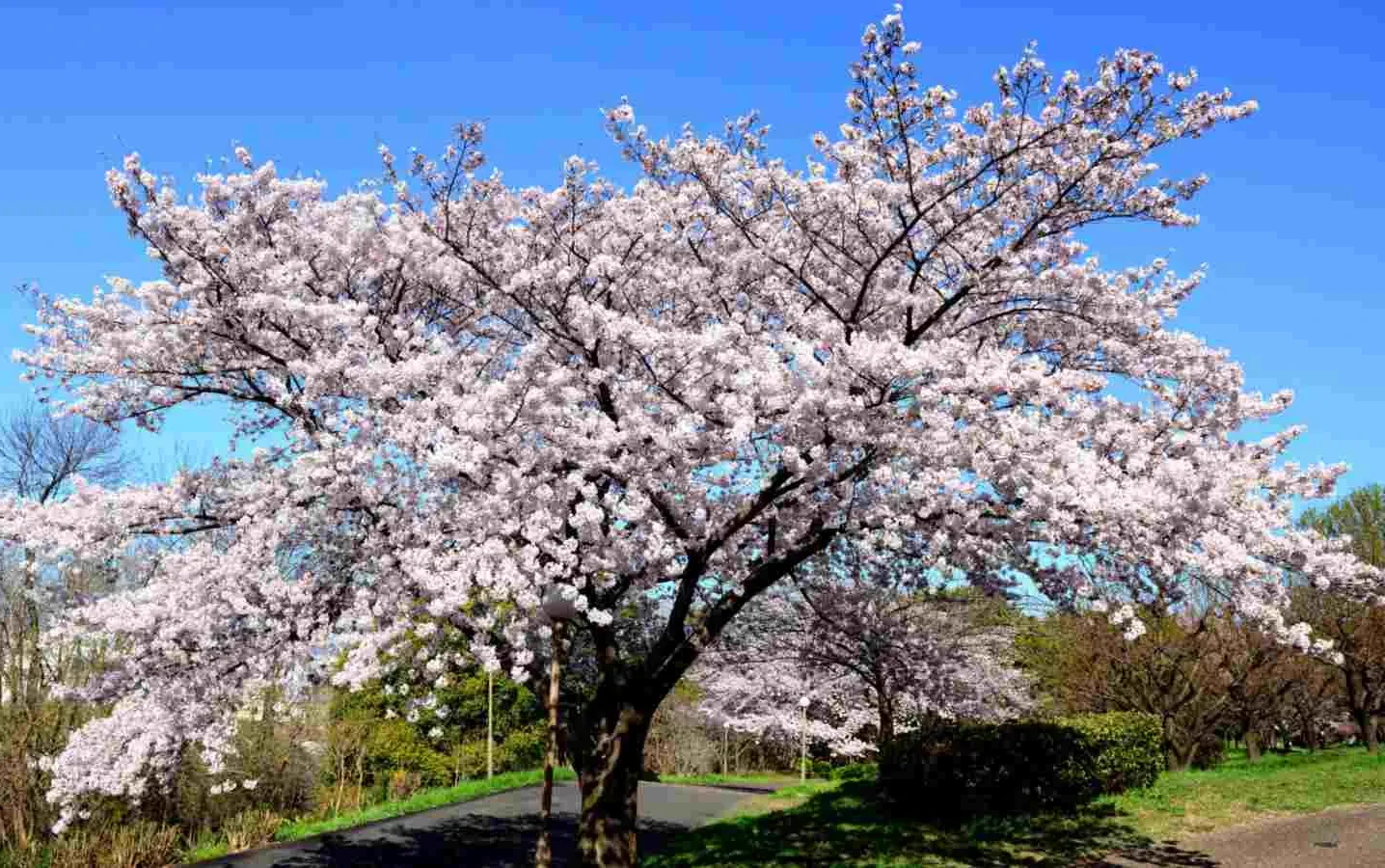Consumers are actively in search of secure functional foods that are acknowledged for their potential to counteract inflammatory processes and oxidative stress, thus averting the development of numerous diseases such as cancer, metabolic irregularities, and neurological disorders.
Consequently, the escalating global consumption of fruits and vegetables can be attributed to the presence of numerous secondary metabolites, most notably phenolics and terpenes, which have been extensively documented for their potential to promote health. Metabolites are produced through the synthesis of primary metabolites, such as sugars, amino acids, and organic acids, all of which are vital for the development of microorganisms.
A plethora and variety of microorganisms, particularly bacteria, inhabit the phyllosphere, the collective term for the surface portions of above-ground plants. Moreover, scholars attention has been devoted to the examination of communities linked to consumable vegetables on account of their potential health ramifications, including their capacity to transmit diseases and impact the growth and quality of the vegetables.
Research on cherries has predominantly concentrated on examining microbial communities in the presence of infection conditions that impact the quality of the fruit.
However, there has been some investigation into the interannual variation in surface populations. Previous studies on the distribution and composition of bacterial communities in the Summit and Jiahong cultivars exhibit a comparable trend to that observed in other plant species, whereby the distance from the roots results in a reduction in the level of diversity.
Nevertheless, the precise makeup of fruit microbiota is still unknown.
Fungal communities exhibit considerable variability, which can be attributed to environmental influences and the predominance of ascomycetes. The investigation of microbial communities residing in fruits, including cherries, has attracted interest due to aspects associated with the commercialization of these fruits, including post-processing techniques and the extension of shelf life.
The fruit's optimal conditions are largely maintained by these communities, and the equilibrium between pathogens and saprophytes may be critical to the fruit's preservation. Considering the current prevalence of fruits and vegetables in the diet, it is vital to examine their culturome, as the majority of them are frequently consumed raw and could serve as vectors for food-borne pathogen diseases.
Furthermore, these microorganisms can be considered a valuable source of bioactive compounds that impact the nutritional value, quality, and properties of foods, as well as provide health benefits to humans.
The study conducted by researchers from several Portuguese and Spanish research centres and universities aimed to characterise for the first time the culturome at seven different stages of development in cv. Saco, typically cultivated in the Beira region (Portugal).
The current investigation has successfully identified a total of twenty-three bacterial strains and twenty-five fungal strains. Ralstonia and Pseudomonas constituted the most prevalent bacterial species, accounting for approximately 21.74% of the total. Bacillus, Staphylococcus, Erwinia, Tatumella, and Dermacoccus each contributed 8.7% to the remaining species. In the realm of fungi, the most prevalent genera are Metschnikowia sp. (44%), Hanseniaspora (20%), and Aureobasidium (16%).
To ensure their safety and increase their economic value, the microbial community of cherries from various sources and environments, as well as related fruit products, and the interactions between microbial species, require additional research.
Source: Gonçalves, A.C.; Falcão, A.; Alves, G.; Silva, L.R.; Flores-Félix, J.D. Diversity of Culture Microorganisms from Portuguese Sweet Cherries. Life 2023, 13, 2323. https://doi.org/10.3390/life13122323.
Melissa Venturi
University of Bologna (IT)
Cherry Times - All rights reserved










